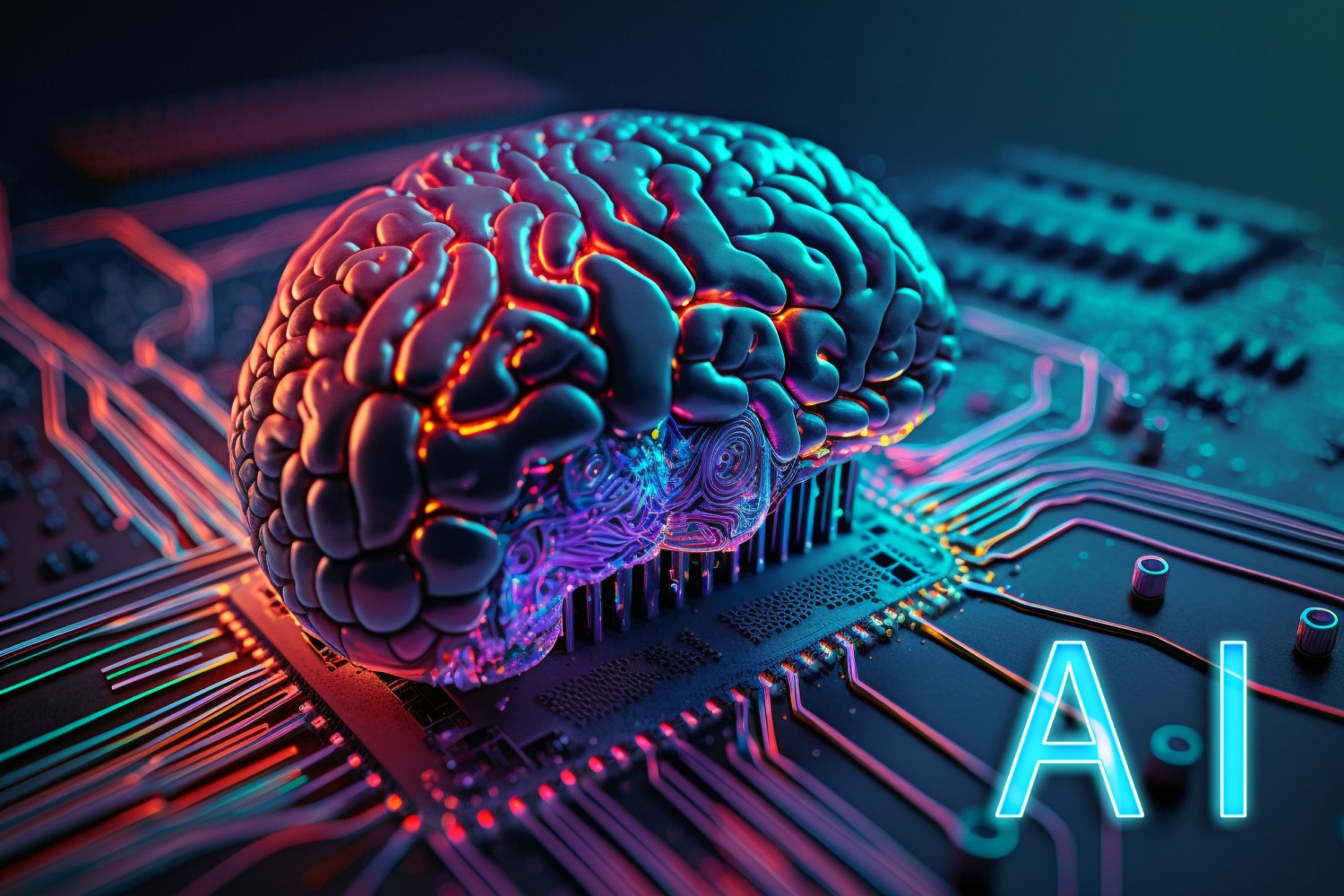
Tangentia
Add a review FollowOverview
-
Founded Date March 31, 1993
-
Sectors Information Technology
-
Posted Jobs 0
-
Viewed 24
Company Description
MIT Faculty, Instructors, Students Experiment with Generative aI in Teaching And Learning
%20Is%20Used%20In%20Biometrics.jpg)
MIT professors and trainers aren’t simply prepared to try out generative AI – some think it’s a required tool to prepare trainees to be competitive in the labor force. “In a future state, we will understand how to teach abilities with generative AI, but we require to be making iterative actions to arrive instead of lingering,” stated Melissa Webster, lecturer in managerial communication at MIT Sloan School of Management.

Some teachers are reviewing their courses’ learning goals and revamping projects so students can attain the preferred outcomes in a world with AI. Webster, for instance, previously matched composed and oral assignments so students would establish point of views. But, she saw a chance for mentor experimentation with generative AI. If students are utilizing tools such as ChatGPT to assist produce writing, Webster asked, “how do we still get the thinking part in there?”

One of the new tasks Webster developed asked students to create cover letters through ChatGPT and review the arise from the perspective of future hiring managers. Beyond discovering how to improve generative AI triggers to produce better outputs, Webster shared that “students are believing more about their thinking.” Reviewing their ChatGPT-generated cover letter helped trainees identify what to state and how to state it, supporting their development of higher-level strategic abilities like persuasion and understanding audiences.
Takako Aikawa, senior lecturer at the MIT Global Studies and Languages Section, upgraded a vocabulary workout to guarantee students established a deeper understanding of the Japanese language, rather than ideal or wrong answers. Students compared short sentences composed on their own and by ChatGPT and developed broader vocabulary and grammar patterns beyond the book. “This type of activity boosts not just their linguistic skills however stimulates their metacognitive or analytical thinking,” stated Aikawa. “They need to believe in Japanese for these workouts.”
While these panelists and other Institute faculty and instructors are revamping their projects, lots of MIT undergraduate and graduate trainees throughout different academic departments are leveraging generative AI for efficiency: developing discussions, summarizing notes, and quickly recovering specific ideas from long documents. But this technology can also artistically personalize finding out experiences. Its capability to interact details in different methods permits students with various backgrounds and capabilities to adapt course material in a way that’s specific to their particular context.
Generative AI, for example, can help with student-centered learning at the K-12 level. Joe Diaz, program manager and STEAM educator for MIT pK-12 at Open Learning, encouraged educators to foster learning experiences where the trainee can take ownership. “Take something that kids appreciate and they’re passionate about, and they can discern where [generative AI] may not be right or reliable,” stated Diaz.
Panelists encouraged educators to consider generative AI in manner ins which move beyond a course policy statement. When incorporating generative AI into projects, the secret is to be clear about learning objectives and available to sharing examples of how generative AI could be used in manner ins which align with those goals.
The value of vital thinking
Although generative AI can have favorable effect on educational experiences, users require to comprehend why big language designs may produce inaccurate or biased outcomes. Faculty, instructors, and trainee panelists emphasized that it’s vital to contextualize how generative AI works.” [Instructors] attempt to describe what goes on in the back end and that truly does help my understanding when checking out the answers that I’m receiving from ChatGPT or Copilot,” stated Joyce Yuan, a senior in computer technology.
Jesse Thaler, professor of physics and director of the National Science Foundation Institute for Expert System and Fundamental Interactions, warned about trusting a probabilistic tool to give definitive responses without uncertainty bands. “The user interface and the output requires to be of a form that there are these pieces that you can confirm or things that you can cross-check,” Thaler stated.
When introducing tools like calculators or generative AI, the professors and trainers on the panel said it’s essential for trainees to establish crucial thinking abilities in those specific scholastic and expert contexts. Computer technology courses, for example, might permit trainees to use ChatGPT for aid with their research if the problem sets are broad enough that generative AI tools wouldn’t catch the complete answer. However, initial trainees who have not established the understanding of programming concepts need to be able to determine whether the info ChatGPT produced was accurate or not.
Ana Bell, senior lecturer of the Department of Electrical Engineering and Computer Science and MITx digital knowing researcher, dedicated one class towards completion of the semester naturally 6.100 L (Introduction to Computer Technology and Programming Using Python) to teach students how to use ChatGPT for programming concerns. She desired students to comprehend why up generative AI tools with the context for programming issues, inputting as lots of information as possible, will assist accomplish the very best possible results. “Even after it provides you a response back, you need to be vital about that reaction,” stated Bell. By waiting to introduce ChatGPT till this phase, trainees had the ability to look at generative AI‘s responses critically due to the fact that they had spent the term establishing the skills to be able to determine whether problem sets were inaccurate or might not work for every case.
A scaffold for finding out experiences
The bottom line from the panelists during the Festival of Learning was that generative AI ought to supply scaffolding for engaging discovering experiences where students can still attain wanted finding out objectives. The MIT undergraduate and college student panelists found it vital when educators set expectations for the course about when and how it’s suitable to use AI tools. Informing students of the knowing objectives enables them to understand whether generative AI will assist or prevent their knowing. Student panelists asked for trust that they would utilize generative AI as a beginning point, or treat it like a conceptualizing session with a friend for a group project. Faculty and trainer panelists stated they will continue iterating their lesson prepares to best support trainee learning and critical thinking.

